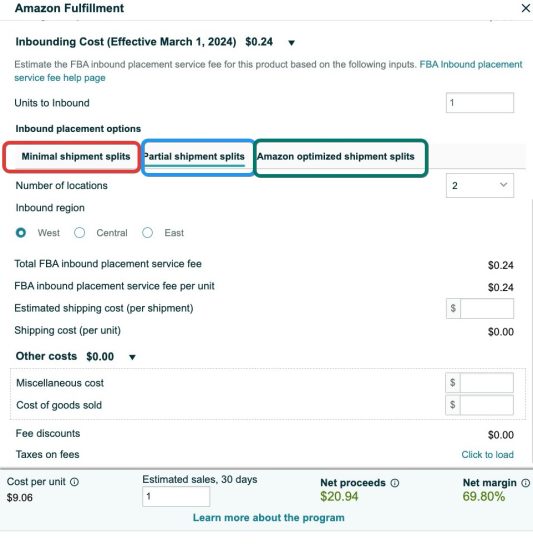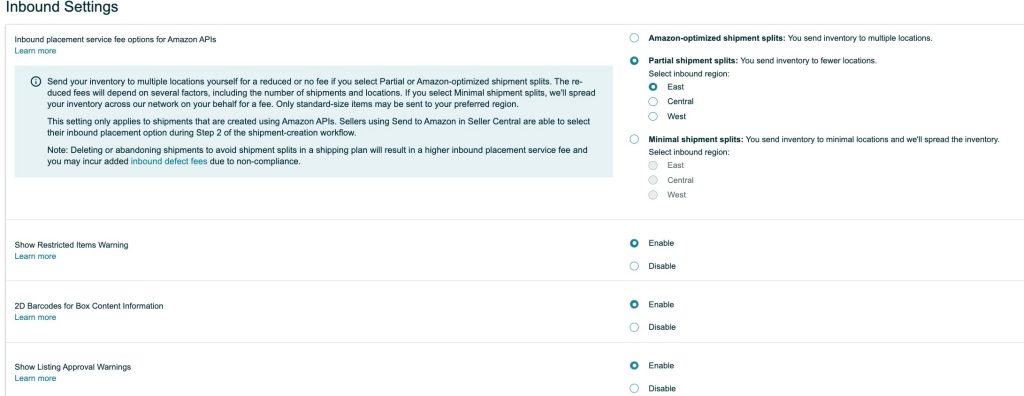‘I wonder, is there life beyond selling on Amazon..’
Feeling stuck or burned out selling online? Click here 👈🏻
Newsletter for Busy Ecommerce Sellers

Starting March 1st, 2024, Amazon has rolled out new FBA fees linked to how you send your shipments to FBA warehouses. These fees, called FBA inbound placement service fees, cover the cost of moving inventory closer to customers. They’re based on item size, weight, and how many locations you send your items to. To keep costs down, sellers can pick minimal shipment splits or follow Amazon’s suggestions for where to send their goods. These changes aim to make deliveries faster and cheaper for everyone Amazon.

Now, as a seller, you’ve got two options: pay a per-unit fee, ranging from about $0.23 to $0.34 for small / standard size products. OR, split your products across multiple warehouses. For example, you might need to ship 3 units of a “garlic press” in separate boxes, which could lead to higher UPS (or other carrier) fees.
You need to decide which way is more cost effective for you! Once you made your selection, go to this page in Seller Central to make your choice. See screenshot below.
Which option should you choose? Well, it depends on your business model and other factors. If you’re unsure, I’d recommend starting with the default mode (Distributed Inventory Placement). Then, see how manageable (or challenging) it is to ship to multiple warehouses.

Amazon came up with a handy calculator, as it’s not easy to know how much per item sellers will pay if they elect Inventory Placement. To calculate the fees, go to this link.
The final price will depend on several factors:
– which region your shipment is going (west, central or east)
– product weight and dimensions
– and type of an inbound placement option you selected
On a screenshot below I tested out 8oz skin care product would have you paying 24 cents if split between 2-3 warehouses.

– Minimal split -> ship to 1 warehouse
– Partial split -> ship to 2-3 warehouses
– Optimized -> 4+ warehouse (“thoughts and prayers”)

Hey there, amazing sellers! 🚀 Exciting news – I’ve just launched my new Instagram account! 🎉 It’s called Ecommerce Girl and it’s all about online selling humor, tips, and strategies. 💼💡 Give me a follow and join the fun! 🌟
xoxo, Galyna